Hot showers, harsh shampoos: Are these daily hair-wash habits damaging your scalp?
Experts say our daily hair wash routines could be quietly sabotaging scalp health. Here’s how to fix it.
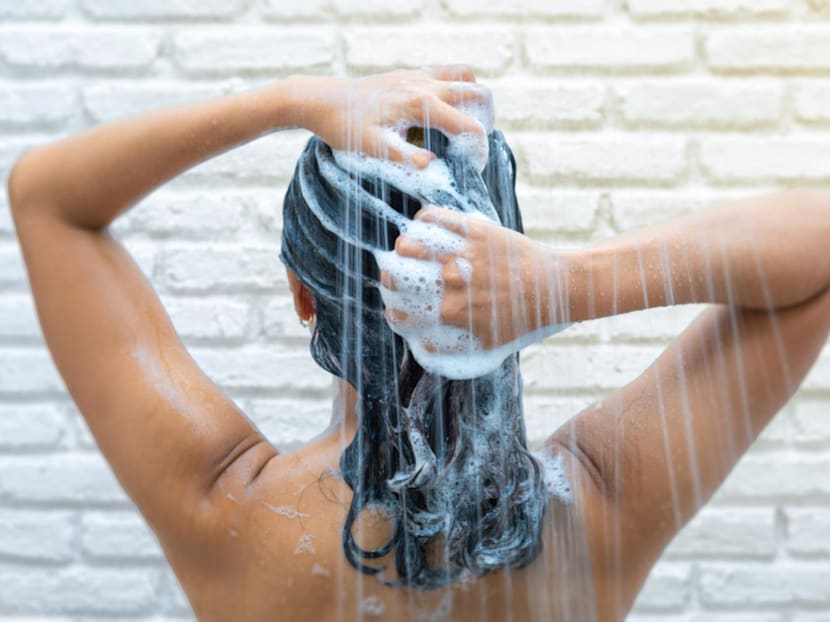
Are you washing your hair wrong? (Photo: iStock)

This audio is generated by an AI tool.
If you’re noticing more hair in your shower drain lately, the culprit might not just be genetics or stress – your daily washing routine might also be playing a part.
Given Singapore’s humid climate, most of us don’t think twice about shampooing every day, sometimes even twice, assuming that squeaky-clean equals healthy. But according to hair care specialists, habits like scrubbing with your fingernails, rinsing too quickly, or blasting hot water can actually stress out follicles, inflame the scalp, and accelerate shedding.
On their own, these missteps may seem minor. But repeat them day after day, and your scalp barrier starts to break down. To find out what we’re getting wrong (and how to fix it), we asked Elizabeth Leong, a consultant at Anagen Scalp, and Kim Fong, group chief trichologist at Svenson Hair Centre, to break down the most common mistakes they see.
YOU SHOULD WASH YOUR HAIR EVERY DAY BUT...
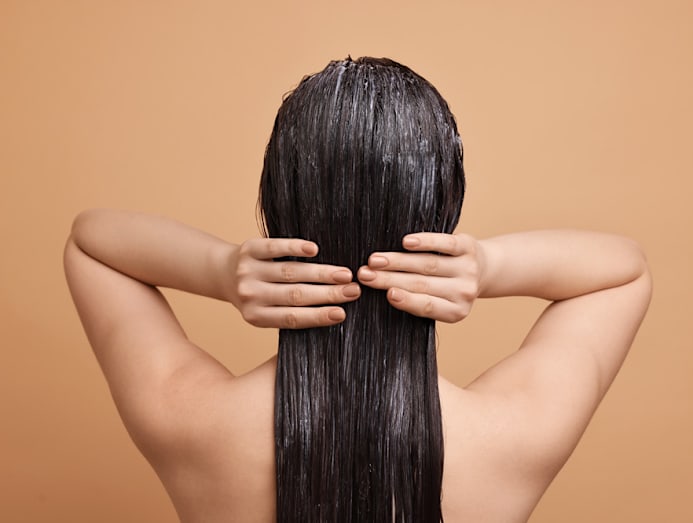
“In our climate, sebum and sweat can quickly accumulate, attracting dirt and potentially leading to scalp irritation or clogged follicles if not cleaned regularly,” explained Fong.
For men with oily scalps, she recommends washing twice a day, especially after heavy sweating or exercise, to maintain scalp hygiene and reduce the risk of issues like dandruff or folliculitis. Women with long hair, however, usually need just one thorough cleanse to keep scalp and strands in balance.
But Leong says frequency isn’t the enemy – formulation is. “Shampoos that strip the scalp barrier can trigger dryness and irritation, and even worsen shedding,” she said.
WHAT TO LOOK FOR IN A SHAMPOO
Both recommended using gentle, pH-balanced formulas suited to your scalp type and free of sulphates, silicones, and parabens. For added protection, Fong suggested looking for shampoos enriched with amino acids or ceramides to help lock in moisture and support scalp health.
Leong added that for those concerned about thinning, ingredients like exosomes (tiny cell-derived messengers that can stimulate hair follicle activity), peptides, azelaic acid, and red clover extract have been studied for their ability to support scalp health and follicle anchorage.
Conditioners, too, shouldn’t be overlooked. While many people avoid applying them near the roots, Leong noted that scalp-safe formulations can be used from root to tip, provided they don’t clog follicles. The key, both agreed, is to rinse thoroughly.
WHY LATHERING AND RINSING WELL MATTER
Yes, the instructions on your shampoo bottle actually mean something.
“When shampoo isn’t emulsified with water in your palms first, it can deposit unevenly, leading to product build-up in certain areas,” explained Leong, adding that poor rinsing is even more damaging as leftover suds can irritate the scalp and inflame hair follicles. “Over time, this creates a stressful environment for hair growth,” she warned.
Fong agreed, naming poor washing as one of the biggest mistakes she often sees. "Focus on the scalp, not just the hair, and rinse well to avoid residue that can weigh hair down or cause irritation. Making these simple adjustments can greatly improve scalp health, reduce shedding, and support stronger more resilient hair growth over time.”
THE RIGHT WAY TO WASH YOUR HAIR
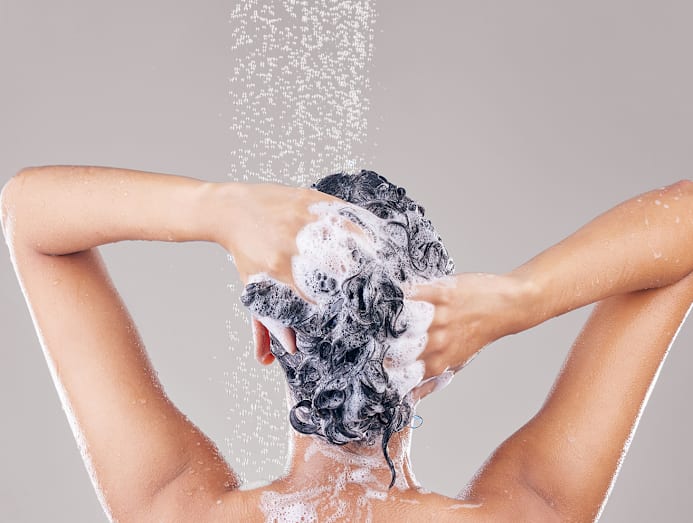
According to Fong, a proper wash looks more like a ritual than a rush:
- Thoroughly wet hair and scalp with lukewarm water for approximately 15 seconds to loosen impurities.
- Lather shampoo well in your palms for about 10 seconds before applying it to the scalp.
- Massage gently in small circular motions for two to three minutes – do not rub aggressively as if trying to remove a stain from a surface.
- Rinse thoroughly with lukewarm water for at least 30 seconds to remove shampoo and impurities.
And the golden rule: No scratching. “Our nails are not the cleanest and we risk introducing bacteria to our scalp when scratching, which can lead to scalp inflammation. Scratching our scalp also creates tiny injuries, which affects its natural barrier and the growth environment for new hair strands,” added Fong.
Instead, use your fingertips. As Leong put it: “Think of your scalp like your facial skin – cleanse thoroughly, but never harshly.”
LUKEWARM IS THE SWEET SPOT
As tempting as a piping-hot shower feels after a long day, your scalp disagrees.
“Hot water can dehydrate the scalp and weaken the cuticle, making hair brittle and prone to breakage,” said Leong. Fong added that it can even aggravate conditions like eczema and dandruff, as blood vessels become dilated from the high-water temperature.
On the flip side, cold rinses aren’t the miracle shine trick TikTok might have you believe. “Cold water may feel soothing but risks leaving oil and build-up behind,” shared Fong.
Both experts agree that lukewarm water – around body temperature – is best for dissolving oil and product build-up without compromising scalp health.
SCALP TOOLS: DO YOU REALLY NEED THEM?
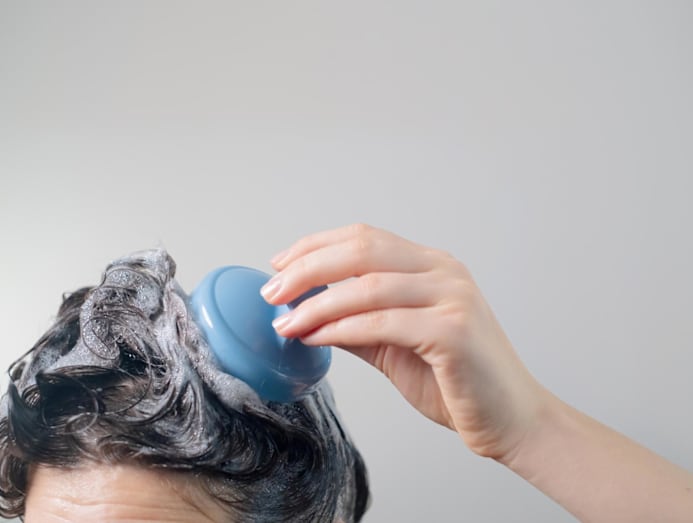
“Scalp massagers can stimulate blood flow and improve lymphatic drainage, supporting a healthier environment for follicles,” shared Leong. “However, overzealous scrubbing – especially with hard bristles – can erode the scalp barrier and cause micro-injuries. Silicone scrubbers with flexible tips are generally safe when used gently once a week.”
Fong takes a more measured approach: “A soft silicone scrubber would certainly eliminate the risks of scratching our scalp with our nails if we use it correctly. But, does it really improve scalp circulation better than using our fingers? Research is still inconclusive on that.”
The verdict? Go gentle. If you love your brush, limit use to once a week. Otherwise, your fingertips do the job just fine.
PRE-SHAMPOO TREATMENTS: TREAT, DON’T OVERDO
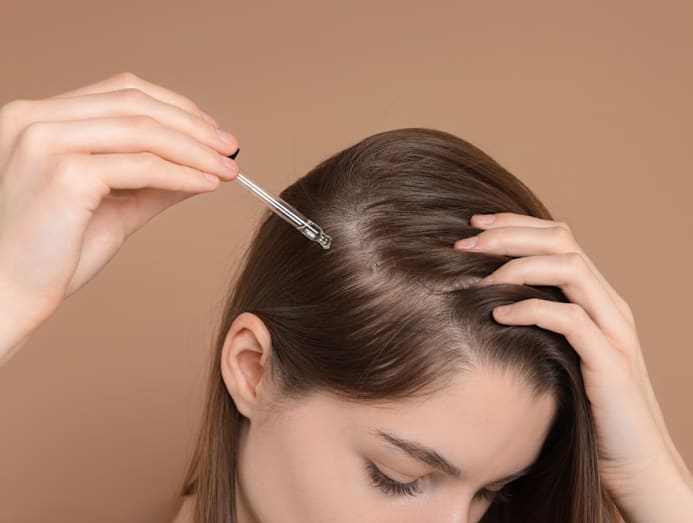
Scalp scrubs, oils, and masks can be a great reset – if used in moderation.
“Exfoliators can help to remove dead skin cells, excess oil, and product build-up, promoting better scalp circulation and allowing hair follicles to breathe, while pre-shampoo masks offer an extra boost of hydration and nutrients, especially for dry or damaged hair, making strands more resilient before cleansing,” said Fong.
“Scalp oils can soothe irritation, balance sebum production and improve overall scalp health.”
She recommended using them once or twice a week if you struggle with flaking, dryness, or thinning. To get the most benefit, Fong advises consulting a professional to ensure the product complements your routine.
Leong cautioned against overusing at-home scrubs, which can dry out the scalp. For persistent scalp concerns, she recommends seeking in-clinic treatments such as exfoliation with plasma and exosome therapies, which are more precise.
DON’T SLEEP WITH DAMP HAIR
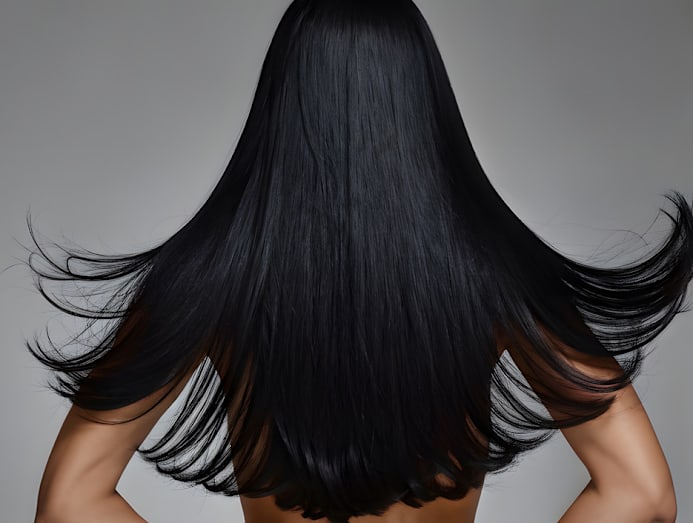
We’ve all done it: Showered late, flopped straight into bed with wet hair, and hoped for the best. But according to experts, this innocent-seeming habit could be sabotaging your scalp.
“Going to bed with damp hair creates a warm, humid microclimate against the pillow – ideal for fungal overgrowth, dandruff, and scalp irritation,” said Leong.
Fong adds that wet hair is structurally weaker: “Wet hair is weaker compared to dry hair. This increases hair breakage, and hair that is in the telogen (resting) phase is more likely to become dislodged by friction.”
If you’re short on time, towel-blot first, then run a blow-dryer on a cool or low setting until your scalp is fully dry. It takes a few extra minutes, but your follicles will thank you.
GIVE YOUR FOLLICLES A BREATHER
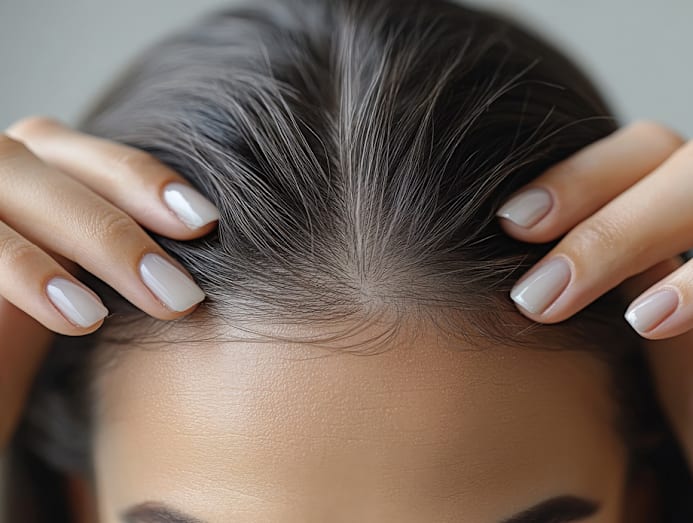
If your go-to look is a high ponytail or you wear a hijab daily, the way you wash and care for your scalp matters even more.
“Wearing hair tightly pulled back everyday places constant tension on the follicles, which can lead to traction alopecia over time,” said Leong. The risk is even higher if you tie your hair when it’s still wet, since damp strands are weaker and more fragile. Her tip: Loosen styles whenever possible and rotate where you secure your ponytail or bun to reduce stress on the same follicles.
For hijab wearers, airflow is the main issue. “Reduced airflow under the fabric can create a warm environment where sweat, oil and microbes build up, sometimes worsening scalp irritation and hair fall,” she explained.
The fix? Keep your wash routine consistent with lightweight, balancing shampoos to prevent buildup without stripping the scalp, and choose breathable inner caps to improve ventilation.






